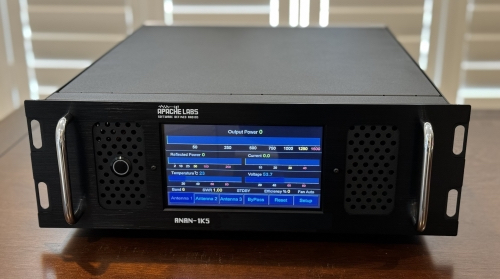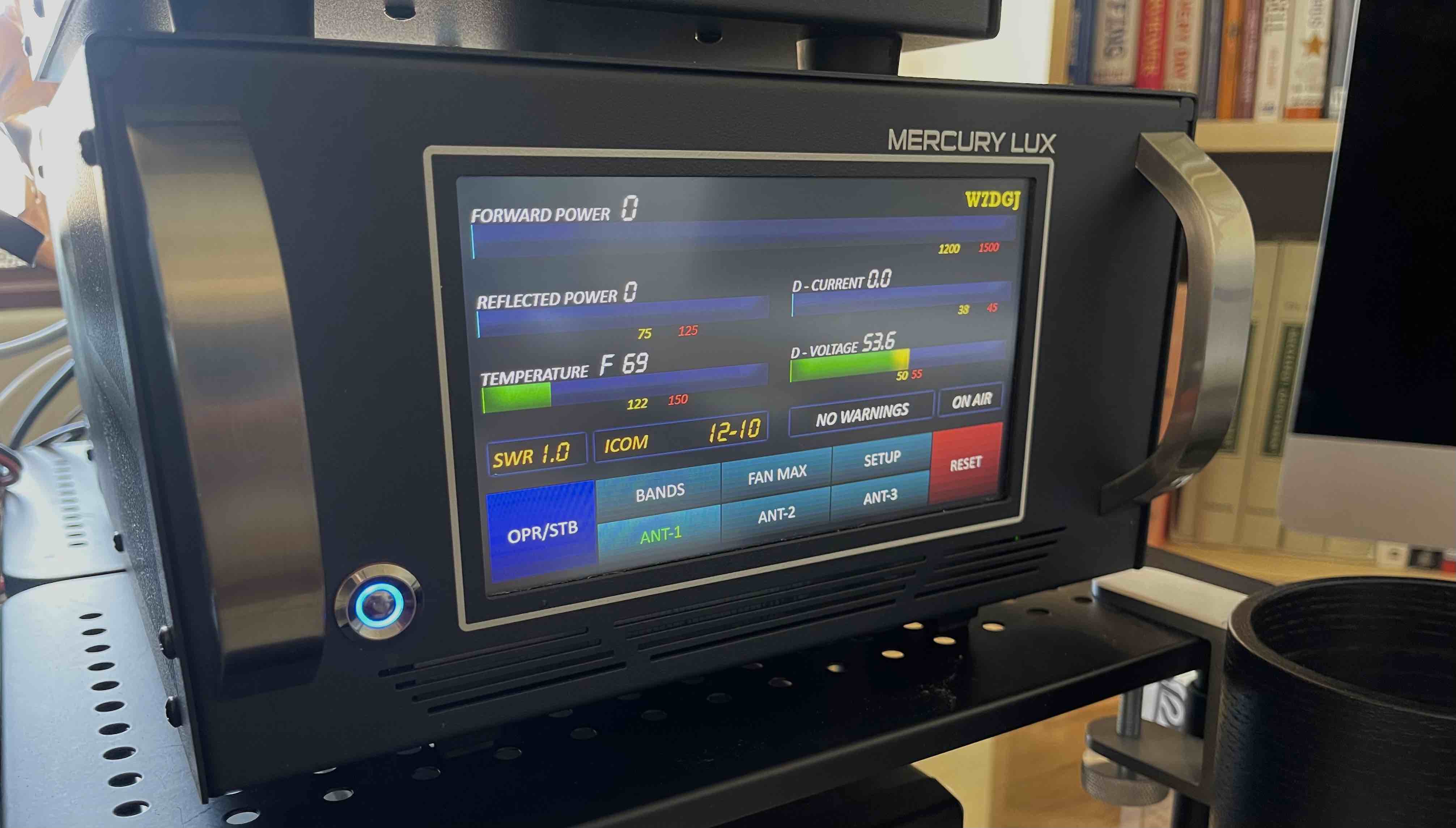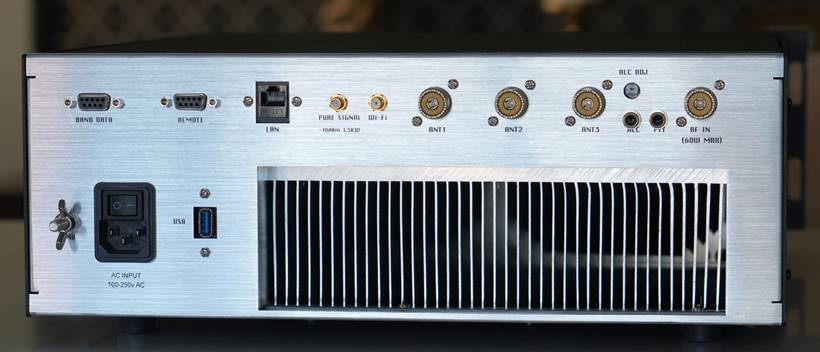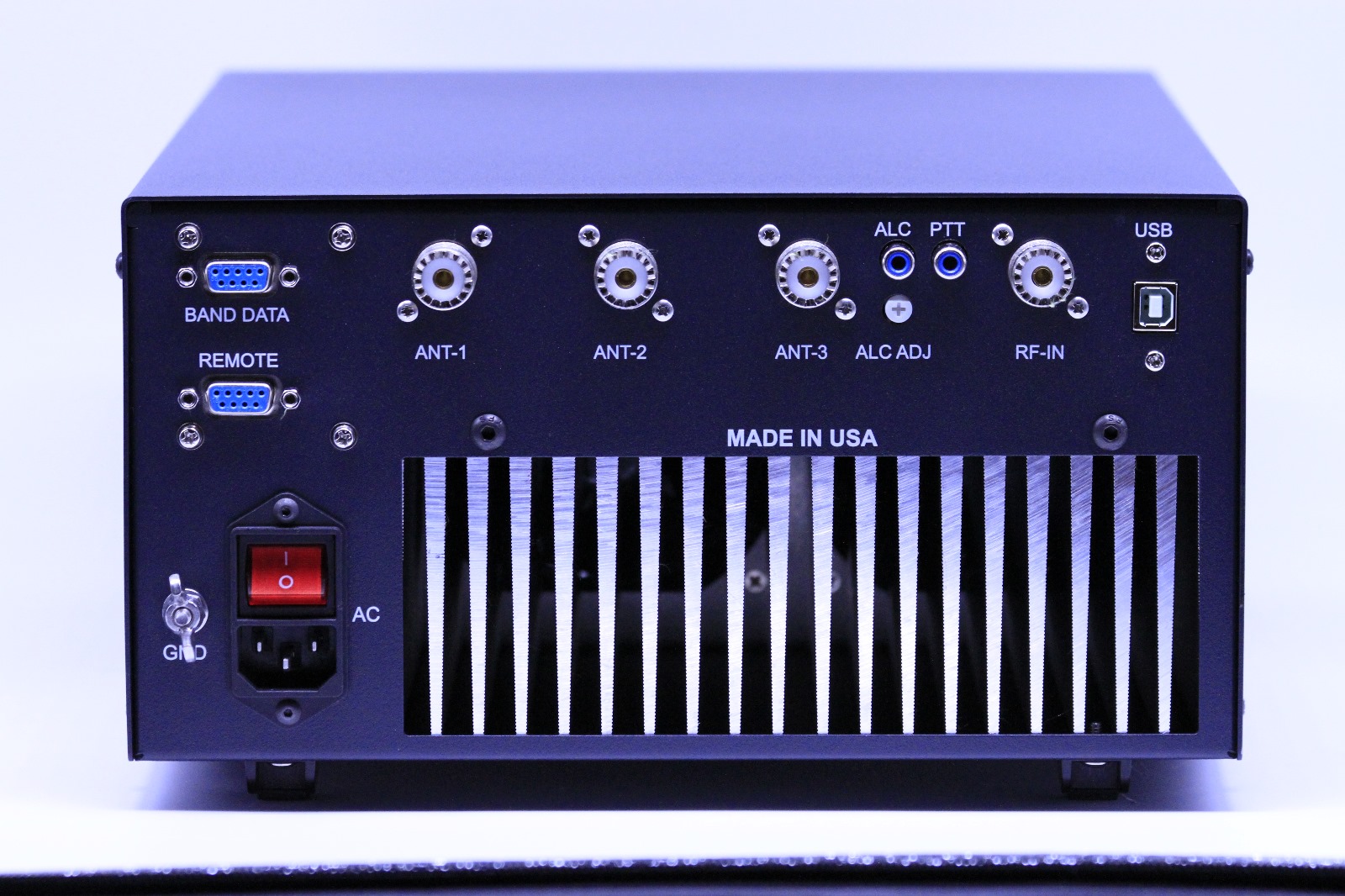Latest Awards
Issue #35: An Editorial on Copycat Ham Products
Dear Reader: This column is entirely a strong personal opinion. If you find me wrong on some fact, please correct me in the forum and I'll provide you with my research/opinion or apologize for my error. Or, if you think copycat products are a big "nothing burger," note that as well. This is my opinion and not QRZ's or anyone else's, so if you'd like to express your own views on the matter you're welcome to do so in the attached forum. Please make sure there are no personal barbs. Thanks for being here! Dave, W7DGJ
Copycat Ham Radio Products -- Do We Need Them?
I love boutique R&D firms in the ham radio space. Ham radio innovation is one of my favorite topics. In fact, Chip Cohen (W1YW) and I will be hosting a Forum at Dayton's Hamvention in May about this subject (with a very interesting set of panelists!). Over the years when I let my license expire and had no station, I would still look forward to my ham magazines and I'd pour over the ads paying particularly close attention to products that were new and unusual.
It always seemed to me that the companies to watch were those that were taking a risk, developing some new angle, perhaps a new approach or technology. If I were a betting man (or an investor) I would have plunked down some money to help those few small companies. Most of the time, I'd have lost my shirt. But, all it takes is one with the right management and great customer service and my losses would have been offset by gains as that company moved into the ranks of an ICOM, Yaesu, or Elecraft. (Of course, that hasn't happened yet, so maybe I'm just a dreamer.)
Two companies I've admired from afar that define their niches, and you may have others for our forum discussion, are Apache Labs and KM3KM Electronics. These two remind me of what ham-space innovation is all about. I'm sure you're at least aware of the Mercury brand solid-state linear amplifiers, and the Apache Labs "Anan" branded radios with their "Pure Signal" output. I've owned many Mercury products, but have held back on Anan as their reputation implies that you need to be especially strong on PC computers. While I could tear apart a Mac and put it back together again, I'm no PC programmer. So, when Apache Labs began marketing this Pure Signal technology, I began a fund to buy one someday (but only after I could be comfortable with the computer requirements).
That changed, however, when I saw what they did with their latest product design.
For me, I'm no longer interested in Anan as long as the formerly-innovative supplier continues to go the copycat route. I found their latest product to be beyond even the Chinese ability to do knock-offs of others' industrial designs. Check out the pictures below and see if there just might be a resemblance between the two product lines:




OK, front and back photos from each piece of gear are shown. Is it a coincidence that all the back outputs and ports are just about identical? Apache Labs users will state that it's a copycat on the surface only. That may be true, as KM3KM does not produce any transceivers. When I think about my interview with Kenny Martinez (founder of the Mercury line of products) I recall where I asked him this question off the record, about whether he'd put a transceiver and an amp together in a box. He reminded me that it's a risky proposition to put components like these together into one chassis. Cool idea, yes, but in the real world that's a lot of RF to be bouncing around inside one cabinet. Personally, I would like to keep my transceiver separate from my power amp and tuner -- and so on -- as individual components. One breaks down, you send it off for service and you're still on the air! So, I doubt we'll see KM3KM in competition with a 1500 W transceiver anytime soon.
But, the new Anan also uses a front dashboard and controller developed by Mr. Martinez back in 2018 when he collaborated with a programmer from Russia to assist with the 7" screen (the Anan uses this same LCD touchscreen from the original Mercury III circa 2018-2019). I guess that old technology is still available in the market, but once again common sense asks, is this smart? Yes, Kenny thanked Alex in those early releases and showed photos of them both as developers, and has since published the history of their relationship. But Alex's role was strictly in programming, taking cues from Martinez as the RF Engineer told him what he needed the display and controller to do.
By what business sense does a company copy another product's "look and feel?" How would it have been if shortly into the success of ICOM's IC-7300, Yaesu came up with an exact copy of the design of that radio? Sure, it would have Yaesu's guts and Yaesu's menu's and so on, but what if it had looked just like the classic 7300? Ugh! I can hear the fighting now, as the lawyers and the fan-boys on either side jump into the fray.
But smart companies don't do this. There are only two reasons that I can come up with . . . one is flattery, and the other is a complete lack of marketing awareness. Flattery might be the case, as the Mercury brand products (like the LUX that Apache Labs copies here) have enjoyed quite a rise in popularity, putting their delivery times out to about 12 months. But I can't help but think that in the great scheme of things, an innovative company like Apache Laboratories should have been thinking of the impression they'd leave behind. These Apache folks are a team of RF engineers, reputedly with huge brain power! What in the world are they doing going the copycat route? Loyal users will forgive them, but new prospects will be fewer as many hams really don't like copycat goods. [Note: I expect the forum to fill up quite rapidly with positive comments supporting Apache Labs. But once again, I ask you to remember my editorial is about industrial design and look and feel, and not about electronics inside.]
Apache Labs lost its opportunity to shake things up and show the ham world a classic new look of their own. To the Apache Laboratories Managing Director, who I was unable to reach as his email is not available, here are some free ideas: Add an old fashioned and cool analog meter on either side of the LCD screen! Use an old fashioned throw switch for Power so that everything is not identical to the Mercury! Try using optional bright red or silver front plates, something outrageous and never seen. There are many ways to make a product your own.
Instead, one of the most innovative companies in the Ham Products world decided to simply copy another vendor. What a letdown. What does this say about ham radio design, or about the future for a company I had once called "one of the most-innovative ham products brands"? Well, let's just say that my pennies are now being saved up for something else entirely.
73 for now, Dave W7DGJ
PS - What I've learned via our forum discussion . . . First off, this is clearly a "feisty" subject and loyal users on either side of the divide have comments, many conflicting. I hadn't expected that much consternation. And I also expected a larger share of users who appreciate innovation in Style. I don't mean style over performance, but Style as one element of why we sit down in our shack in the evening and just enjoy the view. Those dials, knobs, lights and LEDs . . . I could sit there and have fun just listening to the radio and looking at the light show. Every product has the right to its own individual "coolness factor," and that comes from innovating in style. I've learned, however, that this is not by any means a universal opinion, thanks to forum commentary. Keep it up, please!

Have a comment? See what others are saying now in our Forum discussion! CLICK HERE and JUMP INTO THE CONVERSATION
|
|
Dave Jensen, W7DGJDave Jensen, W7DGJ, was first licensed in 1966. Originally WN7VDY (and later WA7VDY), Dave operated on 40 and 80 meter CW with a shack that consisted primarily of Heathkit equipment. Dave loved radio so much he went off to college to study broadcasting and came out with a BS in Communications from Ohio University (Athens, OH). He worked his way through a number of audio electronics companies after graduation, including the professional microphone business for Audio-Technica. He was later licensed as W7DGJ out of Scottsdale, Arizona, where he ran an executive recruitment practice (CareerTrax Inc.) for several decades. Jensen has published articles in magazines dealing with science and engineering. His column “Tooling Up” ran for 20 years in the website of the leading science journal, SCIENCE, and his column called “Managing Your Career” continues to be a popular read each month for the Pharmaceutical and Household Products industries in two journals published by Rodman Publishing. |
Articles Written by Dave Jensen, W7DGJ
- Trials & Errors #68 (11/04/25): The Value of YouTube vs. In-Person Elmers - November 4, 2025
- Trials & Errors #67 (10/10/25): Defending the Spectrum - October 11, 2025
- Trials & Errors Issue #66 (Sept 22 2005): High Water: Ham Radio's Role in 2004 Indian Ocean Tsunami - September 25, 2025
- Trials and Errors #65 (9/10/25): Defining the "Spirit of Ham Radio" - September 10, 2025
- Trials and Errors #64 (8/24/25): Tech-Focused Hams -- A Shot Across the Bow to ICOM, Yaesu and More - August 24, 2025
- Trials and Errors #63 (08/10/25): A Digital Radio "Plug 'n Play" Experience - August 11, 2025
- Trials and Errors #62: Celebrating Radio Innovation and Innovators - July 27, 2025
- Trials and Errors #61: The Carrington Event -- The "What If's" of our Sun's Activities - July 13, 2025
- Trials and Errors #60: How Shorthand Moved from Telegraphy to Ham Radio - June 30, 2025
- Trials and Errors #59: Misinformation Surrounding the Origins of "Morse" Code - June 10, 2025
- Trials and Errors #58: Tiny Radios and the Men Who Built Them - May 30, 2025
- Trials and Errors #57: Are We Erasing History? Thoughts on Clarence Tuska - May 16, 2025
- Trials and Errors #56: How I Earned My Radio Merit Badge But Almost Got Kicked Out of Scouts - May 4, 2025
- Trials and Errors #55: Radio's Role in the 1917 Halifax Explosion - April 29, 2025
- Short Takes #33: WSPR Receivers - April 24, 2025
- More articles by Dave Jensen, W7DGJ...



























